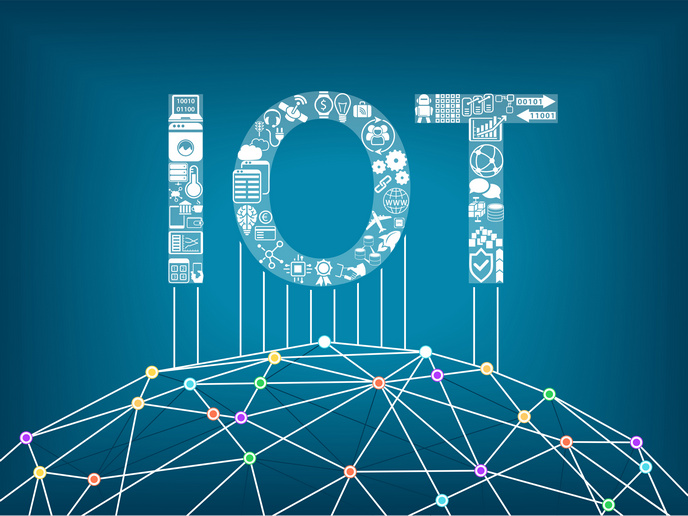Integrating collaborative AI into manufacturing
The manufacturing industry makes a significant contribution to the EU economy. It delivers 80 % of all EU exports and employs one in five European citizens. In order to stay competitive, there is a growing demand for zero-defect manufacturing, particularly where precision and safety are critical.
Integration and optimisation
The primary goal of OPTIMAI was to harness the capabilities of artificial intelligence (AI) to eliminate errors in manufacturing. Through advanced monitoring and inspection, the project aimed to optimise production lines and deliver high-quality, reliable products. The project, hosted by the Centre for Research & Technology Hellas (CERTH) in Greece, focused on several key areas: human-machine collaboration; smart automation; computer vision; AI-assisted process optimisation; and quality control. It was envisioned that integrating these new technologies would create smarter, more adaptable production lines – improving productivity and helping reduce waste and energy consumption. “Defective parts mean waste of resources and waste of energy – therefore minimising waste will make industry more competitive,” explains project coordinator Nikolaos Dimitriou, an information technology researcher at CERTH. “We wanted to take the most advanced AI and apply that to manufacturing, to make production better and more efficient, and to predict and forecast defects.”
Real-world application
OPTIMAI partnered with three manufacturers from diverse sectors across Europe, each with unique challenges. Focusing on concrete objectives that were tailored to the needs of the three pilots, research began with in-depth studies to understand the specific needs and challenges of the factories involved. A reference architecture was developed to outline the necessary software and hardware components for each factory. In each case, it achieved tangible results. For Microchip Technology in the United Kingdom, a closed-loop AI system was developed to automate glue dispensing on printed circuit boards. This monitored glue quantity, adjusted pressure in real time and ensured consistent quality, minimising defects. Machine vision powered by AI was implemented for real-time identification of defects in antennas made by Televés in Spain. This enabled the automated rejection of faulty products before they entered the production line, significantly improving efficiency. Finally, an AI-driven system for optimising the calibration of elevator valve blocks was created for Kleemann in Greece. This not only improved passenger comfort and energy efficiency, but also reduced noise levels, leading to a more pleasant elevator experience.
Human-in-the loop methodology
While AI offers immense potential for industry, “OPTIMAI recognised that human expertise was invaluable in enhancing AI’s performance,” says Dimitriou. This meant a collaborative approach was essential in many processes, including AI model training, where human experts provided insights and labelling data on defective samples, verification and refinement of AI solutions by human workers, and task optimisation where humans and AI worked together to identify optimal solutions. The methodology also helped to emphasise a trust and acceptance of AI technology among the workforce, while equipping them with the skills and expertise needed to thrive in an increasingly AI-driven industrial landscape. The project expected initial resistance from factory staff to the new technology, but the ‘human-in-the-loop’ approach meant that the level of interest and engagement from employees was unprecedented. Workers were eager to participate in the project, demonstrating a real willingness to learn about, adapt to and upskill for the changes brought about by AI integration. “The majority of staff wanted to be involved,” adds Dimitriou. “They were interested in finding out what we were developing and what AI can do well. It was a very nice example of how humans and AI can coexist successfully.” OPTIMAI’s success lies in this collaborative approach leveraging the strengths of both AI and human expertise. As AI technology continues to evolve, learnings and outcomes from the project will be invaluable in shaping more efficient, sustainable and future-proof manufacturing within the EU.
Keywords
OPTIMAI, CERTH, manufacturing, AI, human-in-the-loop, zero-defect, AI-assisted, competitive, collaboration







